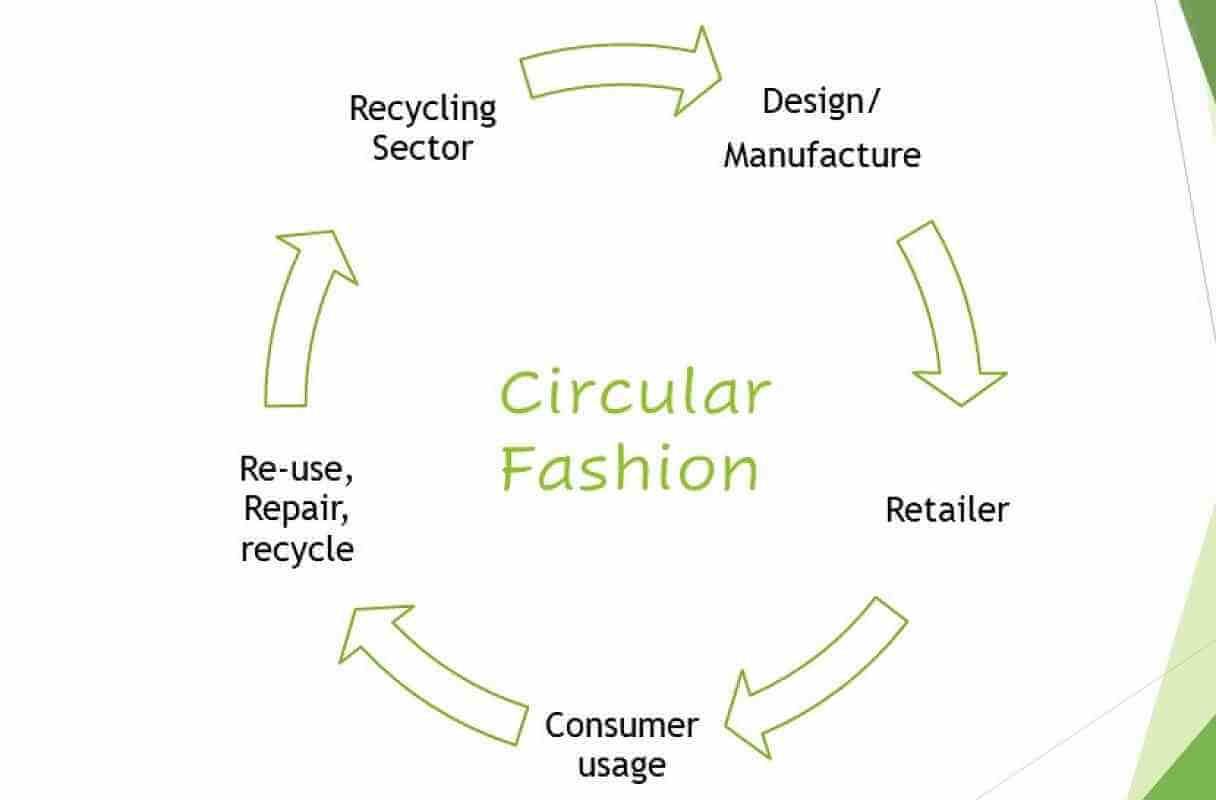When you think about the life cycle of your clothes, what comes to mind? You probably buy clothes, wear them for a while, and then get rid of them when they're no longer in style or you've grown tired of them. However, the life cycle of clothes doesn't have to end there. As the issues of climate change and waste continue to grow, more and more people are looking for ways to live more sustainably. One way to do this is to practice something called "clothing circularity."
What Is Clothing Circularity?
Clothing circularity is keeping your clothes in constant use instead of letting them sit in your closet and collect dust. It entails keeping clothing in use and out of landfills for as long as possible. There are many ways to achieve clothing circularity, including repair, reuse, and recycling.
Benefits of Clothing Circularity
1. Reduced Environmental Impact
The textile industry is a major contributor to pollution and climate change, but circularity can help to reduce its environmental impact. Keeping clothing in use for longer can reduce the resources needed to produce new garments. Additionally, recycling textiles helps to keep them out of landfills, where they release methane gas as they decompose.
2. Improved Sustainability
Circular fashion is a more sustainable way to produce clothing. By using less water and energy and producing less waste, circular fashion is a more sustainable choice for both consumers and businesses.
3. Social Responsibility
Circular fashion brands often work with local artisans and use sustainable materials, which helps to promote social responsibility. Furthermore, by choosing circularity over fast fashion, you can vote with your wallet for brands aligned with your values.
4. Saves Resources
Clothing circularity can help us save precious natural resources like water and oil. According to one study, if everyone wore clothes in their closet six times before washing them, we could save approximately 9 gallons of water per person per day.
5. Improved Social Impact
Circular fashion has the potential to improve the lives of those who work in the fashion industry. By creating new jobs and supporting businesses that adopt sustainable practices, circular fashion can help reduce poverty and improve living standards worldwide.
How to be a Part of the Clothing Circularity Movement
There are many ways to get involved, from choosing eco-friendly fabrics to selecting second-hand clothes. One of the simplest things you can do is to choose clothes that are made to last. You can also extend the life of your clothes by taking good care of them. Regular washing and repair will help them last longer, and you can also donate or sell items you no longer wear. By taking these steps, you can play your part in reducing the environmental impact of the clothing industry.
Conclusion
The concept of clothing circularity is a sound one that has the potential to alleviate many of the negative environmental impacts of the fashion industry. By designing clothes to be reused, repaired, and recycled, we can extend their life span and reduce the amount of waste produced each year. As more people become aware of the benefits of circular fashion, this approach will likely gain popularity and begin to transform the way we think about our clothes.
